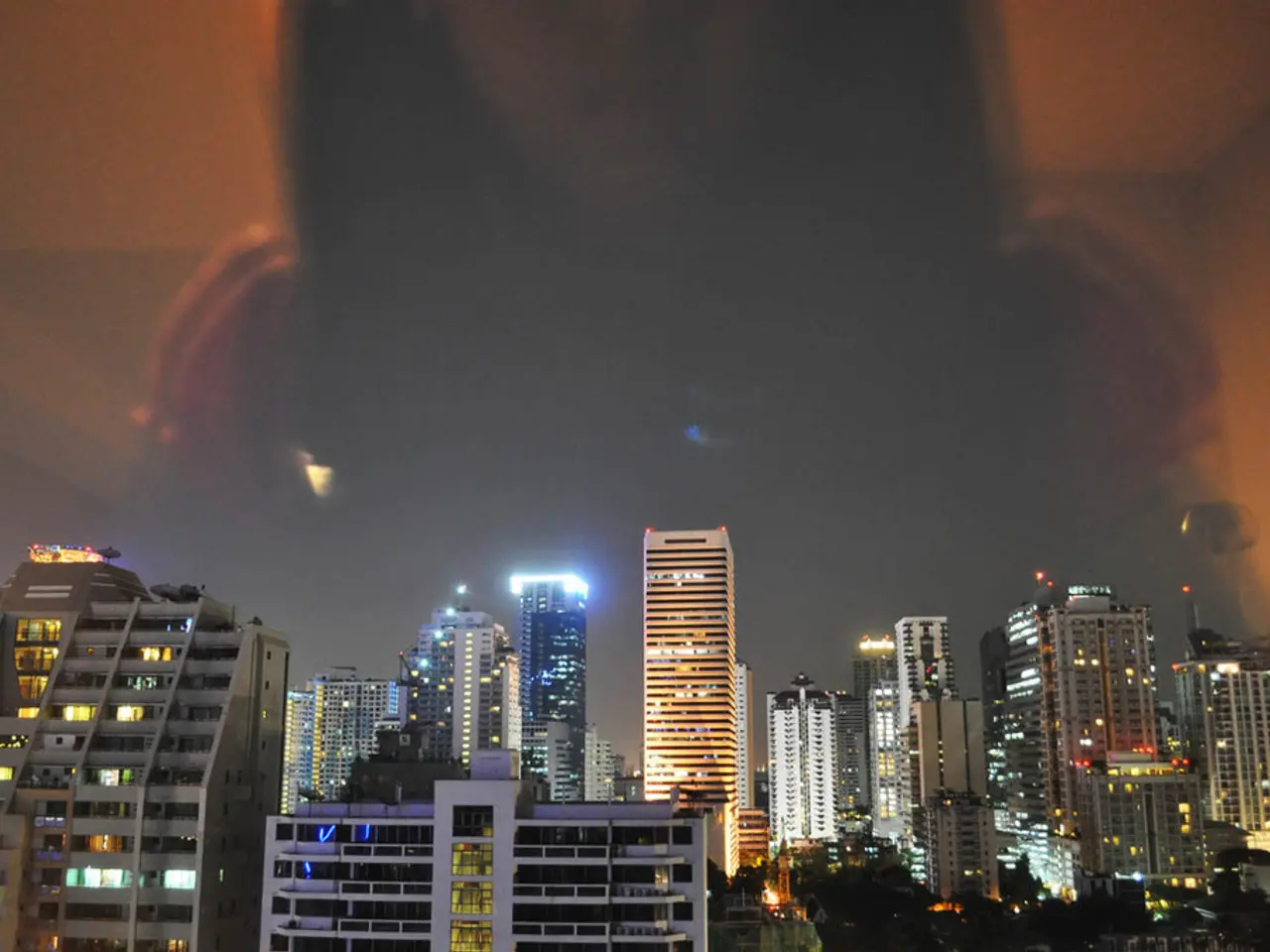Strategies for enhancing garden security by installing operational lighting to discourage trespassers and optimally brighten your area.
In today's world, home security is paramount, and garden lights play a significant role in ensuring safety after dark. Here's a guide on choosing, positioning, and using garden security lights effectively while minimising over-illumination and nuisance to neighbours.
**1. Choosing the Right Lights**
For front and less frequently visited garden areas, motion- and heat-activated lights are recommended. These lights detect and deter intruders without continuous lighting, reducing energy consumption. It's also advisable to select lights with adjustable sensitivity to prevent activation by pets or small animals. Warm-toned lighting, ranging from 2700K to 4000K, is suggested to reduce glare and light pollution, avoiding harsh cool tones. Avoid floodlights more powerful than 150W to prevent excessive brightness and glare. Choose fixtures with built-in glare reduction features or glare shields to protect your and your neighbours’ eyes.
**2. Positioning and Installation**
Security lights should be installed at a height of about 8 to 10 feet, covering a wide area, illuminating faces effectively, avoiding blinding glare, and reducing tampering risks. Position lights to cover vulnerable areas such as entry points, pathways, and hidden corners, ensuring no dark spots or shadows where intruders can hide. Ensure lighting angles are set to reduce glare and prevent light spilling into neighbours’ properties. Distribute lights thoughtfully to avoid overlapping beams excessively, which can cause over-illumination.
**3. Usage and Settings**
Set illumination duration typically between 30 seconds to 2 minutes—enough to deter intruders and allow safe passage but not so long as to waste energy or cause annoyance. Avoid continuous lighting in private or unmonitored garden areas as it can make intruders more comfortable and drain energy. Regularly clean and maintain motion sensors to ensure accurate detection without false triggers caused by dirt or debris. Use timer controls or smart systems to manage lights, turning them on only when needed, such as dusk-to-dawn or activated by motion.
**4. Respect Neighbors and Privacy**
Aim lighting away from neighbouring homes and avoid lights illuminating their windows or gardens to prevent nuisance complaints. Use warm-toned, properly shielded fixtures to minimise light pollution that can affect wildlife and neighbours’ night environments.
**5. Professional Installation**
For safe, legal, and effective installation, it's recommended to hire a qualified electrician registered with a competent person scheme.
By following these guidelines, you can maximise the security benefits of garden lighting without creating glare, wasting energy, or disturbing neighbours.
---
**Summary Table**
| Aspect | Best Practice | Reason/Benefit | |---------------------|-------------------------------------------------|------------------------------------| | Light Type | Motion- and heat-activated, warm-toned (2700K-4000K), ≤150W floodlights | Effective detection, less glare and light pollution | | Installation Height | 8–10 feet | Wide coverage, face illumination, prevents tampering | | Positioning | Angle to avoid glare and neighbour disturbance, cover entry points, avoid dark spots | Reduces nuisance, maximises security | | Usage | Duration 30 sec–2 min, no continuous lighting | Energy efficiency, reduces intruder comfort | | Maintenance | Regular sensor cleaning | Accurate motion detection | | Professional Help | Use registered electrician | Safety and compliance |
6. Integrating Security Lights into Home and Lifestyle
To seamlessly integrate security lights into your home-and-garden design, consider lighting ideas that complement your home's architecture and landscape. Install subtle LED strip lights beneath windowsills or along doorframes to create a welcoming ambiance while enhancing security. Try incorporating energy-efficient, motion-activated lights near doors and entrances, guiding visitors safely even during nighttime. By implementing these practical strategies, you'll transform your home and garden into a secure, inviting living space that harmonizes with contemporary lifestyles.




